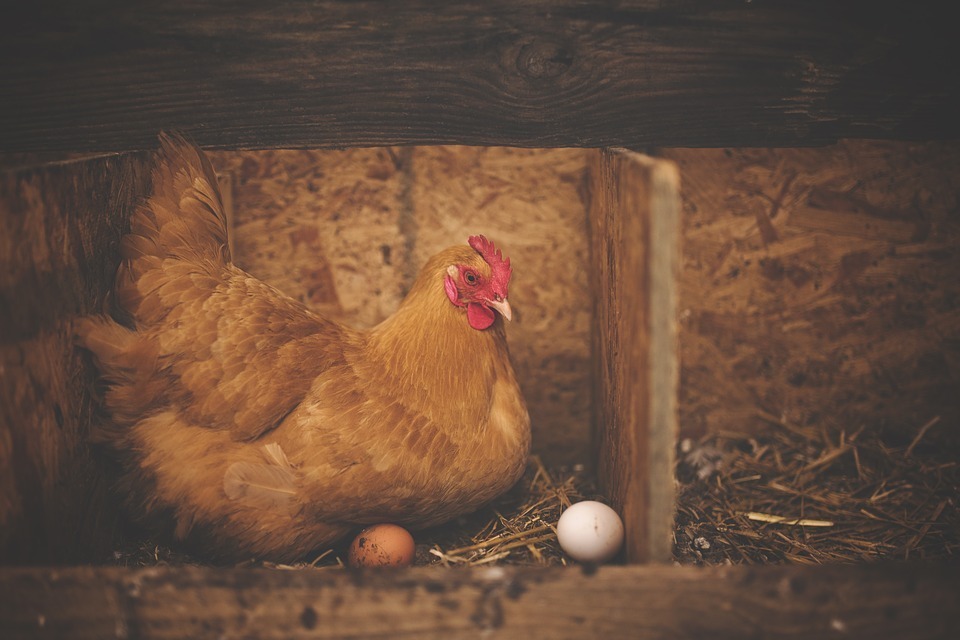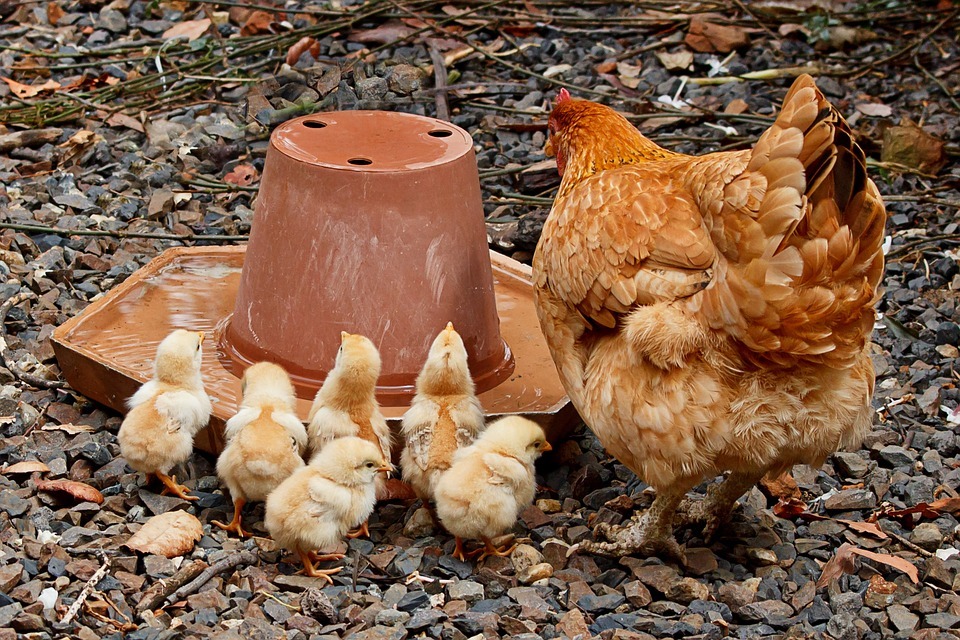There are many ways to go about raising chickens, but with a coop, a long-term plan of action, and some chicks, you’ll be awarded a flock that brings fresh eggs and the fun of watching a baby chick grow up to be an egg-laying hen. Check out the best chicken coop kits you can purchase online.
Tips on Successfully Raising Chickens
You can get so much from a backyard flock. Chickens can produce truly flavorful, healthy meat and fresh eggs. And you’ll also enjoy watching the birds on your back porch while teaching your children responsibilities and how these animals grow.
Here are seven tips on how to raise chickens successfully.
Choose the Breed That’s Right For You
Chicken breeds come in a variety of colors, sizes, and shapes. People looking to produce meat or eggs are urged to begin with common breeds of chicken.
First, determine what you’d like to gain from raising your flock. Cornish Cross chickens are best suited for this if you want to produce meat as they grow pretty fast. If you’re hoping to produce fresh eggs, consider Rhode Island Reds and Plymouth Barred Rocks for brown eggs, Blue Andalusians and Leghorn hybrids for white eggs, and Easter Eggers/Ameraucanas for blue eggs. However, if you wish to gain both meat and eggs, consider dual-purpose breeds such as Sussex, Buff Orpingtons, or Plymouth Barred Rock. Exotic breeds are best as pets or for show.
Determine How Many Birds You’d Like
Your flock goals and local ordinances may determine the gender and number of birds in your flock.
Keep in mind that young chicks grow into full-grown chickens. So, fix a budget for the following:
the time you can spend with your flock
the housing the chicken will need
And a plan for:
how you’ll collect and use the eggs
what you’ll do with the chickens after they stop laying eggs
After the budgeting and planning, start small with a flock of four to six chicks.
Research a Reliable Chick Supplier
Buy chicks from a reputable Pullorum-Typhoid Clean hatchery. To prevent possible disease issues, ensure the hatchery vaccinated the chicks for coccidiosis and Marek’s Disease.
Many local retailers have available chicks for sale in-store. Check with your local chicken retailer on breeds, availability, and timing.
Have Your Brooder Well-Prepared
Keep your chicks in a warm, draft-free brooder, which must be completely enveloped with a bottom surface that you can cover with bedding and equipped with a heating lamp. Avoid placing square corners in your brooding area to prevent the chicks from getting trapped in them should they huddle in one space.
Each chick has to have at least two to three square feet of floor area for the first six weeks. For the first week, set the temperature to 90 degrees Fahrenheit and gradually reduce it by 5 degrees Fahrenheit every week until it reached a minimum of 55 degrees Fahrenheit. Make sure to have a roomy, clean coop ready for your chicks once the supplemental heat source is no longer needed. Throughout every stage, always provide fresh, clean water that’s replaced every day.
Focus on Sanitation
Throughout the raising process, make sure to keep the environment of your chickens clean. Young chicks are very susceptible to early health problems, so ensure that you disinfect all materials before using and then weekly.
The proper household disinfectants can work splendidly. Be sure to read the instructions to ensure that the disinfectant is safe for using and doesn’t leave a residual film. A 10% bleach and 90% water mixture can work well if your rinse the cleaner thoroughly after cleaning.
Devise a Long-term Nutrition Plan
Strong chicks equal healthy chickens. To achieve success in the long term, you can go for natural chicken care or follow some flock feeding programs. For example, you’ll need a complete starter-grower feed for the first day through the first egg and one whole layer of feed for when your hens start laying around the 18th week.
Start your chicks strong with a complete starter-grower feed. Chicks need 38 special nutrients from day one. To provide them with all these nutrients, pick a complete starter-grower feed that includes Chick Strong™ System.
For the chicks who’ll later lay eggs, choose a feed with 18% protein. For mixed flocks and meat chickens, select a complete feed with 20% protein.
Transition the layer chicks onto higher-calcium complete feed when they start laying eggs at around 18 to 20 weeks.
Take Precautions Against Predators
It’s a harsh world out there for your chickens— hawks, foxes, weasels, coyotes, and other predators small and large will continuously try to hunt the virtually defenseless bird. Take precautions to keep your flock safe by enlisting the aid of a chicken-friendly guard dog or using mesh to cover outdoor runs.
It’s nice to have your flock roaming free in your pasture, but you’ll quickly discover that’s the easiest way of risking their lives. Ensure the chicken coop is secured tightly at night, cover even the tiniest gaps in walls and fencing, and install chicken wire on the ground along the enclosure’s perimeter to keep burrowing predators away.


